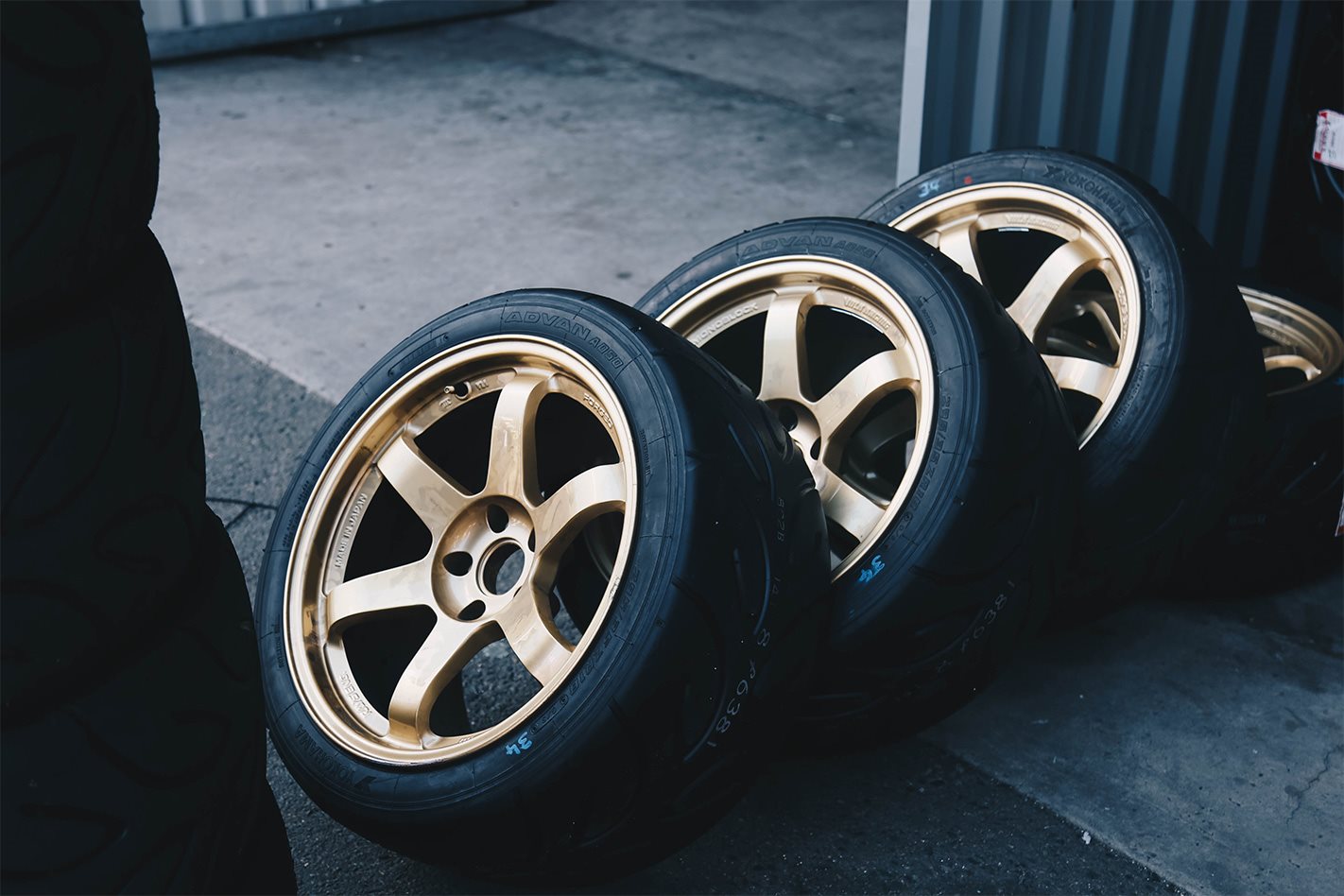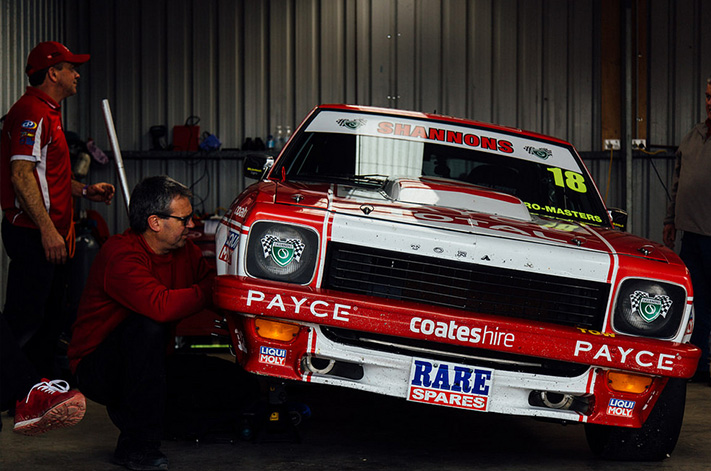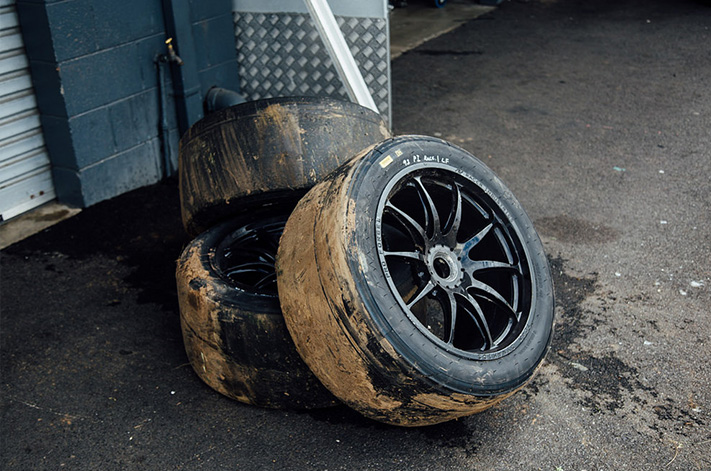
It doesn’t matter what kind of car you drive there are few parts more important than the few inches of rubber in contact with the road.
Maintenance of your tyres will not only keep you safer but will save you money by helping to save fuel and prolonging the time before you have to shell out for new ones.
Here are a few tips for extending the life of tyres:
Check tyre condition
Like the airline pilot who kicks his aircraft’s tyres, walk around the car from time to time to check for early signs of tyre stress or damage. Some damage can be repaired if found early enough.

Check tyre pressures
Flat tyres can overheat, and they result in more rubber on the tarmac both of which increase wear and tear. On the other hand, over inflate them and you’ll have less contact with the road and uneven wear.
Check the pressure of your tyres at least once a month and before a long trip. If you don’t have your own tyre pressure gauge use one at a petrol station once every four times you fill up. Also look or feel for signs your tyres need a top up, such as obviously underinflated tyres that are bulging at the bottom or sluggish turning and handling.
Your tyres should be at the pressure as recommended by your car’s manufacturer. You’ll generally find that information in the owner’s manual or on a placard inside one of the front door jambs or the glovebox. Don’t forget to check the spare tyre as well.
It’s always best to do this when your tyres are relatively cool so the air hasn’t expanded enough to provide an inaccurate reading.
Rotate your tyres
As a rule you should have your tyres rotated about every 10,000kms or when you notice uneven wear on one or more tyres.
However with some tyres only designed to run in one direction, or only at the front/rear, so it’s important to ensure yours can be rotated. You car’s handbook will usually have this information, though as a rule there’s a standard sequence of rotation depending on the type of tyres fitted to the vehicle.

Check wheel alignment
You’ll generally know when a wheel alignment is needed, such as when you notice uneven tyre wear, or the car doesn’t stay true when pointing the steering wheel straight. When that happens, or if you hit something hard like a kerb with your front wheel, take it to a tyre fitter for a wheel alignment and ask them to rotate the tyres while they’re at it.
Avoid driving at high speed
The faster you drive the more chance tyres have of being damaged by poor road surfaces, objects on the road or heat build-up.

Don’t overload your car
Do not exceed the load capacity relative to the tyre’s load index, which is stated on the placard that displays appropriate tyre pressures. Overloaded tyres can build up excessive heat resulting in their destruction, which is why you often see people with trailers on the side of the road.




